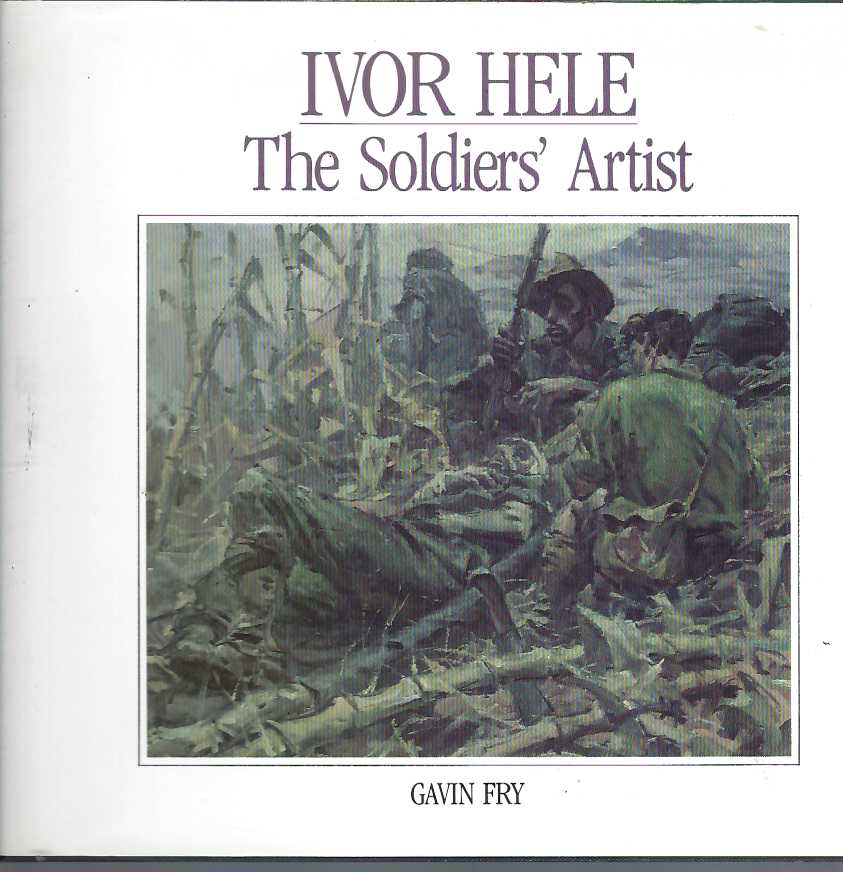112 p. : ill. (some col.), ports. ; 22 x 26 cm. First Edition. #250622
Hele, Ivor, Sir, 1912-1993 | Hele, Ivor, Sir, 1912-1993 — Catalogs. | Australian War Memorial — Catalogs. | Painting, Australian — Catalogs. | World War, 1939-1945 — Art and the war — Catalogs. | Painting, Modern — 20th century — Australia — Catalogs.
Hele, Ivor, Sir, 1912-1993 | McAuslan, Jean | Australian War Memorial
Sir Ivor Henry Thomas Hele, CBE (13 June 1912 – 1 December 1993)[1] was an Australian artist noted for portraiture. He was Australia’s longest serving war artist[2] and completed more commissioned works than any other in the history of Australian art. He remained with the 9th Division, which was later transferred to New Guinea. After the war he returned to Aldinga, where from his extensive portfolio of sketches, he executed many of the paintings which are held by the Australian War Memorial. In 1952 he was appointed as a war artist to the Australian forces in Korea.[14]
Encouraged by Thomas Blamey, who had been impressed by the Sturt painting and with a promise of support for his artistic career, Hele enlisted as a private soldier in the 2nd AIF and in June 1940 sailed for the Middle East with the 2/48th Battalion, 9th Australian Division. On 9 January 1941 Blamey met him personally; he was promoted to lieutenant with responsibilities as a war artist, given a truck and batman-driver and instructed to join the 6th Division in its push to Tobruk. Around June 1941 he joined the Military History and Information Section of the AIF, under John Treloar, which had a studio in Heliopolis, which he shared with Lyndon Dadswell and John Dowie.[13] He was appointed an official war artist on 11 October 1941 with the rank of captain. He returned to Australia with the 6th and 7th Divisions and by April was back at Aldinga, and started on his ambitious series of paintings based on his extensive portfolio of sketches and paintings, many of which had in transit been accidentally ruined. Treloar, impatient with Hele’s progress called on Louis McCubbin, director of the Art Gallery of South Australia, to investigate; McCubbin expressed his satisfaction and Treloar was mollified.[13]
